Parts of the chili plant such as the fruit, roots and leaves have been used as medicine for many generations. Photo: Unsplash.
Dr. Huynh Tan Vu, University of Medicine and Pharmacy Hospital, Ho Chi Minh City (Facility 3), said that chili is a small plant that can live for several years, with a woody lower stem. The plant has many smooth branches. The leaves grow alternately, are elongated, and have pointed tips. Flowers grow singly in the leaf axils. The fruit hangs down to the ground, but in the chili plant, the fruit turns up to the sky. Parts of the chili plant such as the fruit, roots, and leaves have been used as medicine for many generations.
Uses of chili peppers
According to traditional medicine, chili has a spicy, hot taste. It has the effect of relaxing the stomach, dispelling cold, strengthening the spleen, digesting food, relieving pain, and treating cancer. People often use it to treat stomachaches caused by cold, poor digestion, joint pain, and to treat snake bites. In addition to being used as medicine, people also often use chili leaves to cook soup.
Modern medical research also agrees with traditional medicine on the medicinal effects of chili. Chili contains some active ingredients such as capsicain, an alkaloid with a proportion of about 0.05-2%. The chemical structure has been identified as isodexenic acid vanilylamit, which has the characteristic of evaporating at high temperatures, causing strong sneezing.
In addition, chili also contains capsaicin, a red, hot substance that only appears when the fruit is ripe, accounting for 0.01-0.1%. An interesting thing is that capsaicin stimulates the brain to produce endorphins, an endogenous morphine, with properties similar to pain relievers, especially beneficial for patients with chronic arthritis and cancer.
In addition, chili also helps prevent heart disease because it contains some active ingredients that help blood circulate well, avoiding platelet clumping that can easily cause cardiovascular accidents.
Chili peppers also help prevent high blood pressure. Some studies show that green-skinned, small-fruited chilies have higher capsaicin content. In addition, chilies also contain many vitamins such as vitamin C, B1, B2, citric acid, malic acid, beta carotene...
In addition to being used as food, chili has also been used by our people as medicine for a long time. In the treasure trove of folk medicine, there are many valuable remedies containing chili.
Other effects of chili:
Control cardiovascular disease: Compared to oranges, chili is richer in vitamin C, iron, calcium, phosphorus and B vitamins. Every 100g of fresh chili contains up to 144mg of vitamin C, the highest among fresh vegetables. The rich amount of vitamin C can control cardiovascular disease, arteriosclerosis and reduce cholesterol.
According to traditional medicine, chili has a spicy, hot taste. It has the effect of relieving pain, dispelling cold, strengthening the spleen, digesting food, relieving pain, and treating cancer. Photo: Bulbul Ahmed.
Cancer prevention: Scientists at the University of Pittsburgh (USA) have proven that chili can slow down the growth of cancer cells, especially pancreatic cancer. This is due to the effect of the spicy substance capsaicin, which acts as a catalyst, causing cancer cells to self-destruct without harming normal cells.
Preventing cardiovascular events: Research shows that chili peppers contain active ingredients that help blood circulate well, preventing the risk of cardiovascular events. In addition, chili peppers also help lower blood pressure and reduce cholesterol levels in the body. The rich amount of vitamin C in chili peppers can control arteriosclerosis and reduce cholesterol.
Antiseptic: Research by American scientists shows that chili has antiseptic, anti-spoiling, anti-cold properties and contains some nutrients that help people prevent and cure some diseases.
Increase resistance: For diseases such as flu, colds and respiratory diseases, chili and spicy foods are effective "preventatives".
Cold prevention: Hot chili peppers contain up to 1,390 mg of beta-carotene - one of the best sources of carotene, lutein, which is effective in preventing colds and flu.
Cure headaches: When you bite a piece of chili, the strong spicy flavor will cause the brain to secrete chemicals that reduce pain and produce a little pleasure. Recently, someone has tried using chili to cure severe headaches of a neurological nature and the results are very good.
Reduce blood fat: Hot peppers are not only useful for people with colds but also very effective in regulating blood fat. Foreign studies have shown that after mice ate chili food, the amount of cholesterol in their blood was significantly reduced.
Fat burning: Hot peppers have special substances that can accelerate metabolism to achieve the effect of burning fat in the body. This substance can also promote hormone secretion, so it also has the effect of beautifying the skin.
Pain relief: Nowadays, people use capsicain in chili to make patches or creams to gently relieve pain caused by the after-effects of shingles, which is also very effective.
Good medicine from chili
Treatment of hair loss due to chemotherapy: Soak 100g of chili peppers in white wine for 10-20 days. Apply this wine to the scalp to stimulate hair growth.
Cure indigestion due to cancer: 100g chili, 100g black beans, grind into powder and eat daily.
Cure indigestion: Chili peppers are used as a spice and eaten daily.
Cure stomach pain due to cold: 1-2 chili peppers, 20g turmeric, grind into powder and drink 2-3 times a day.
Cure chronic arthritis: 1-2 chili peppers, bone pain plant, and Chinese smilax glabra (curcuma zedoaria) each 30g. Boil and drink one dose per day.
Cure eczema: A handful of fresh chili leaves, a spoonful of sour rice. Crush both ingredients, wrap in a clean cloth, and apply to the eczema area that has been cleaned with salt water.
Cure stroke: Crush chili leaves (small chili pepper), add water and a little salt, squeeze the juice for the patient to drink, apply the pulp to the tooth to wake up.
Cure snake bites: Crush chili leaves, apply to the injured area, bandage. Do this 1-2 times a day until the pain stops, 2-3 hours to heal.
Treating psoriasis: A large handful of hot chili leaves (a handful and toasted until cooked but not burnt), a bowl of scraped bamboo shoots, 7-9 leaves of Kalanchoe (burn medicine leaves), about 300g of Chinese clematis. Put all in a pot with 2 liters of water, boil thoroughly, drink gradually instead of tea, drink about 3 pots.
Chronic abdominal pain: Chili root, lemon root, and royal jelly root, each about 10g. Roast until golden brown, decoct and drink one dose per day.
Cure back pain, joint pain: 15 ripe chili peppers, 3 papaya leaves, 80g Chinese angelica root. Crush all ingredients and soak in alcohol at a ratio of 1/2, use for massage to quickly cure.
Cure boils: Crush chili leaves with a little salt and apply to festering boils to reduce pain, help drain pus, and heal quickly.
Cure hoarseness: Use chili as a mouthwash (in the form of tincture).
Source Zing
Source link


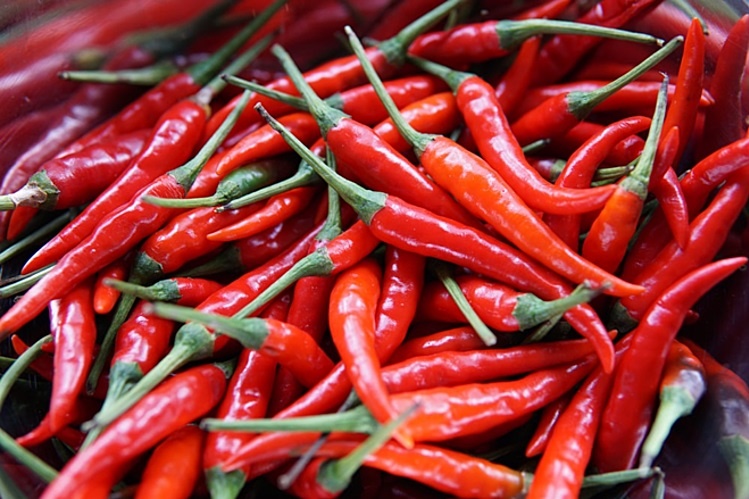
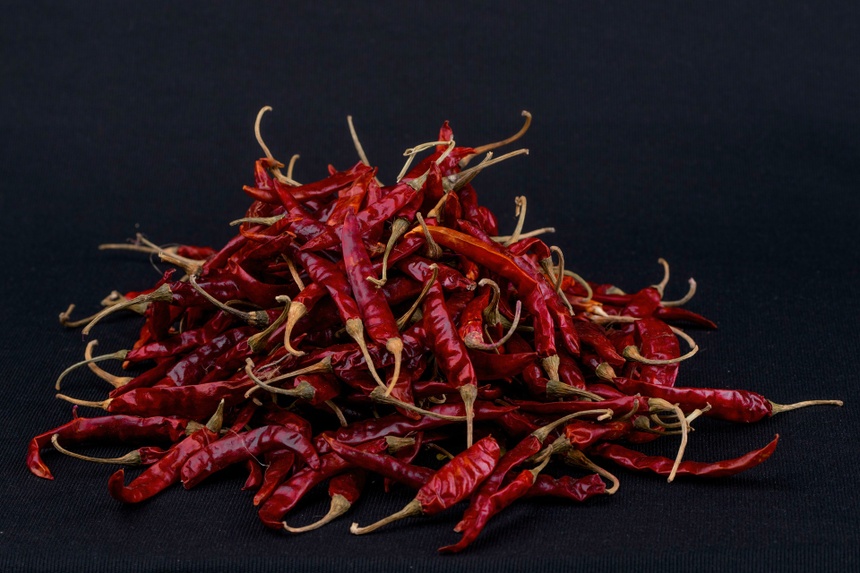




![[Photo] The 5th Patriotic Emulation Congress of the Central Inspection Commission](https://vphoto.vietnam.vn/thumb/1200x675/vietnam/resource/IMAGE/2025/10/27/1761566862838_ndo_br_1-1858-jpg.webp)


















![[Photo] National Assembly Chairman Tran Thanh Man receives Chairman of the House of Representatives of Uzbekistan Nuriddin Ismoilov](https://vphoto.vietnam.vn/thumb/1200x675/vietnam/resource/IMAGE/2025/10/27/1761542647910_bnd-2610-jpg.webp)

![[Photo] Party Committees of Central Party agencies summarize the implementation of Resolution No. 18-NQ/TW and the direction of the Party Congress](https://vphoto.vietnam.vn/thumb/1200x675/vietnam/resource/IMAGE/2025/10/27/1761545645968_ndo_br_1-jpg.webp)






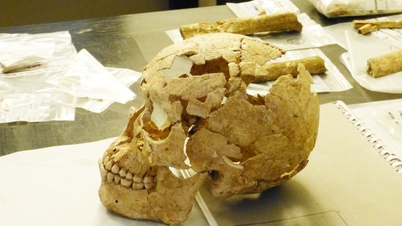

























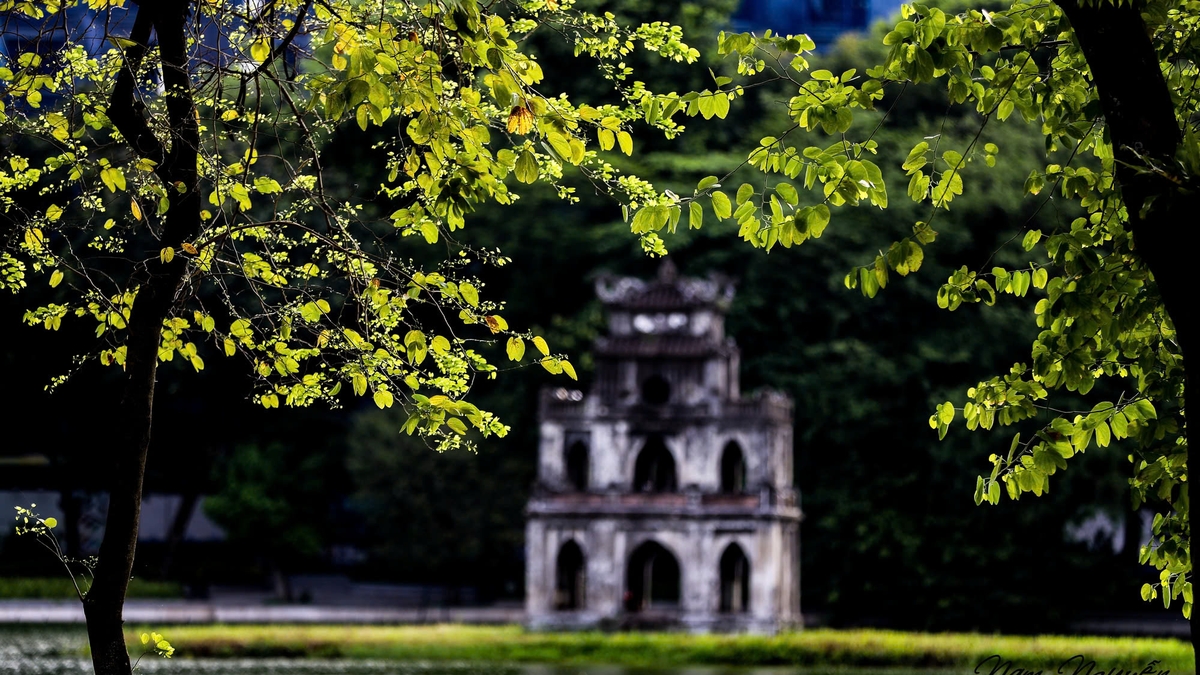
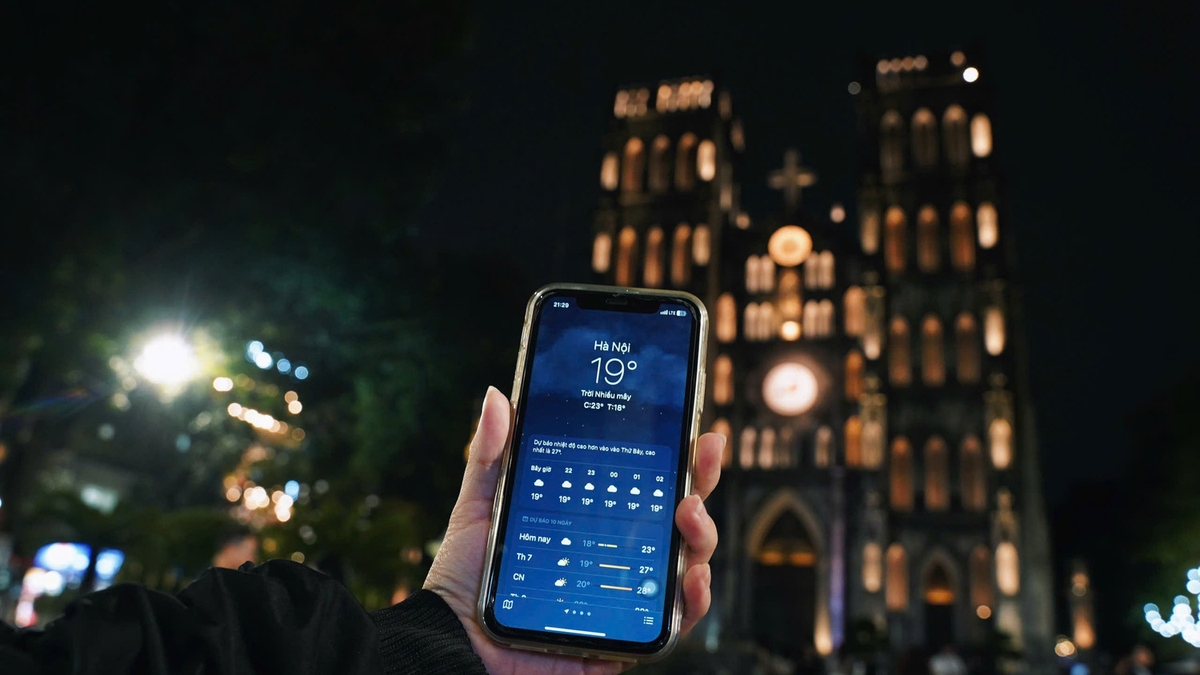


![[Photo] Prime Minister attends the 28th ASEAN-China Summit](https://vphoto.vietnam.vn/thumb/402x226/vietnam/resource/IMAGE/2025/10/28/1761624895025_image-2.jpeg)








































Comment (0)